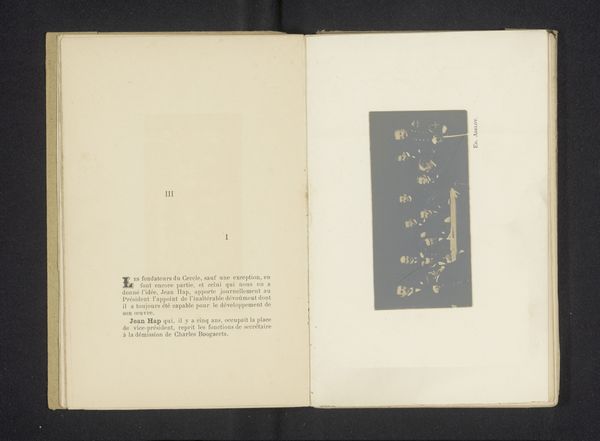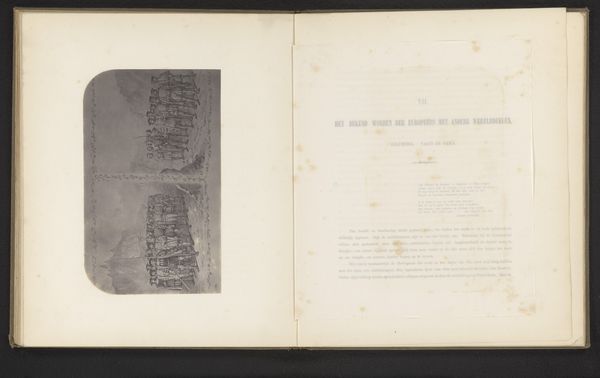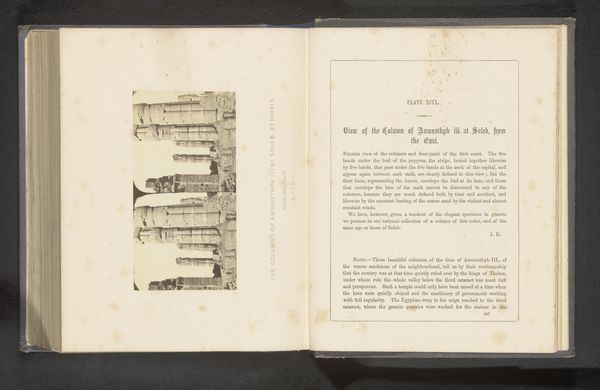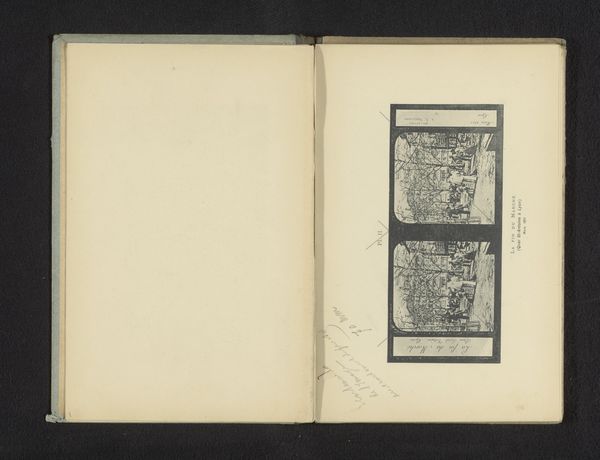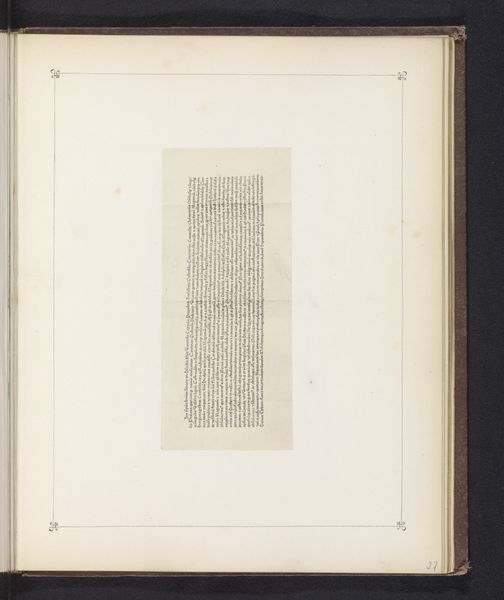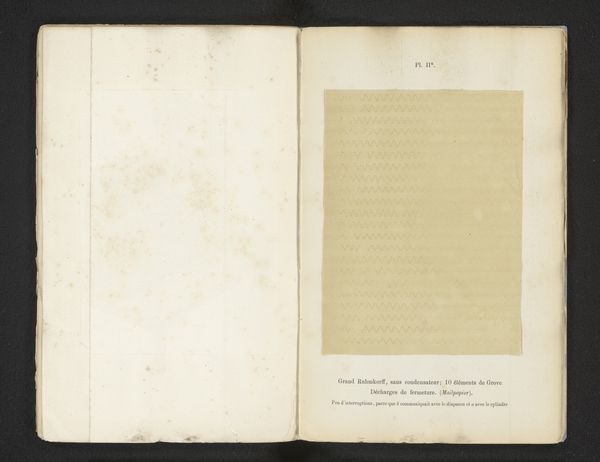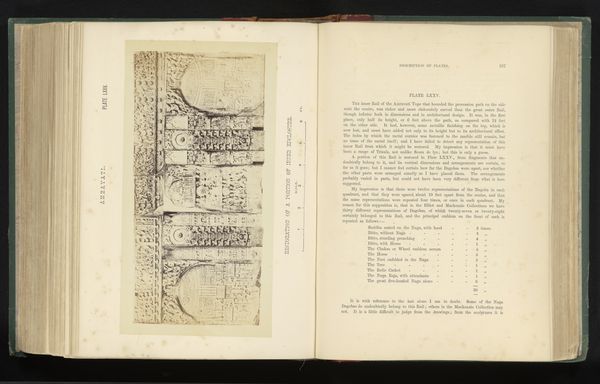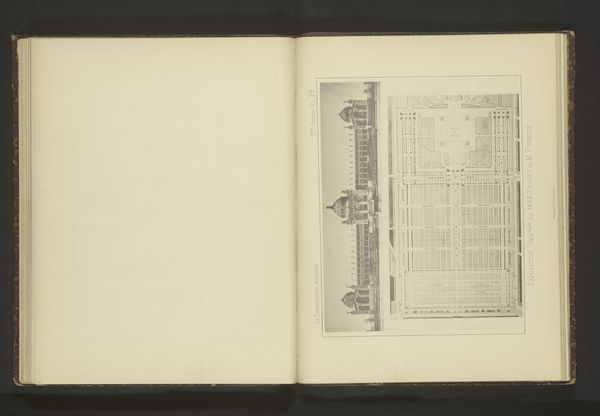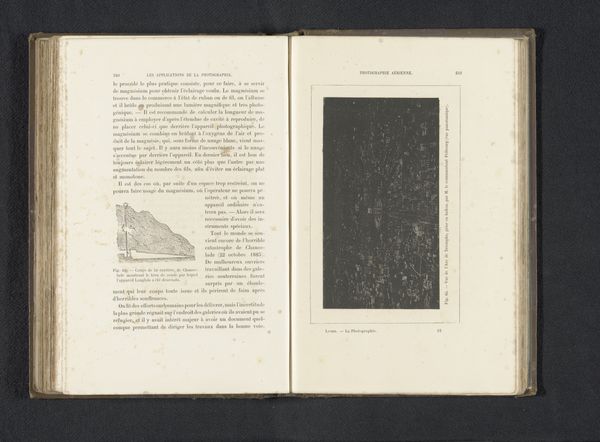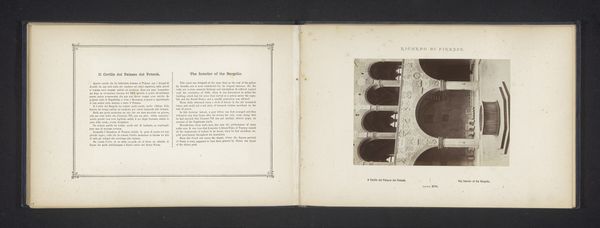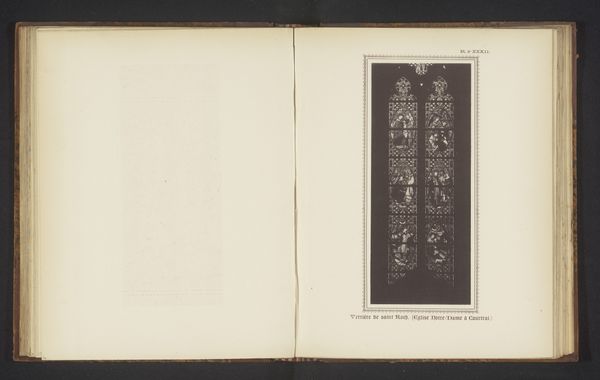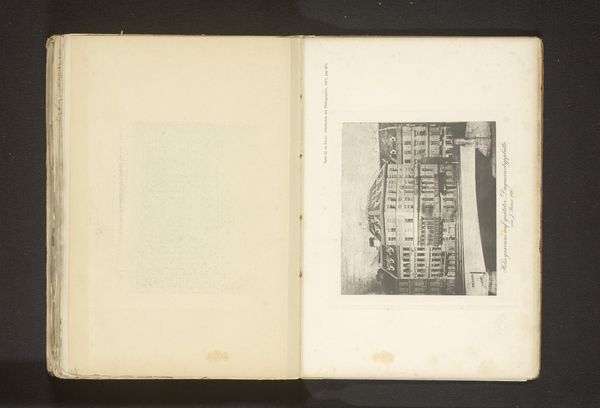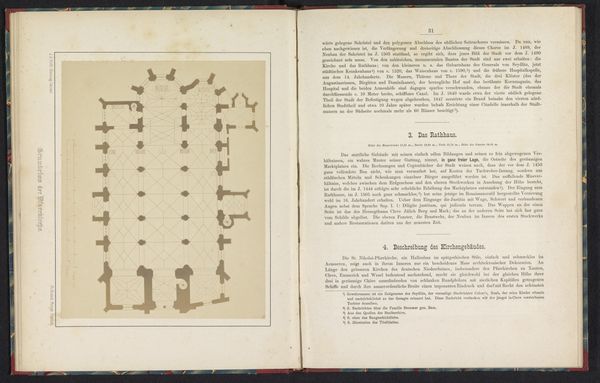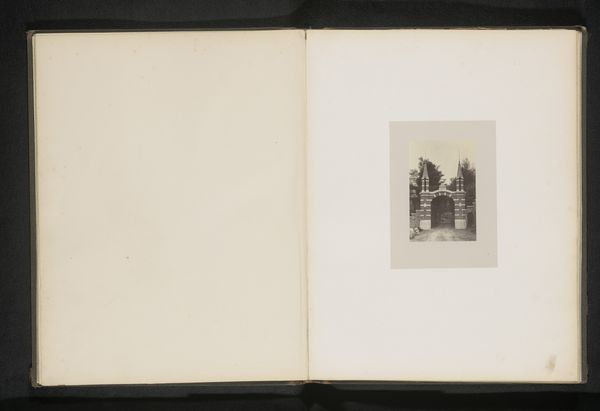
print, photography
#
aged paper
#
still-life-photography
#
paperlike
# print
#
typeface
#
photography
#
fading type
#
thick font
#
white font
#
handwritten font
#
academic-art
#
thin font
#
historical font
#
small font
Dimensions: height 74 mm, width 180 mm
Copyright: Rijks Museum: Open Domain
Curator: This is “Verschillende fases van een vallende druppel,” or “Different phases of a falling drop,” created before 1895 by Charles Lansiaux. It's a print of a photographic study. Editor: It has this weirdly scientific, almost sterile feel. Like a Victorian experiment meticulously laid bare, but poetic nonetheless. It makes me think about temporality and moments of pause. Curator: Indeed. What’s fascinating here is Lansiaux’s attempt to capture and dissect a transient event, the mechanics of a falling drop. It uses the relatively new medium of photography to reveal processes previously unseen. Consider the implications on science itself. Editor: And art! The artist is not just showing the science behind a simple phenomenon like a drop but is revealing all of those distinct still images—as in still-life photography itself—as part of time's movement and transformation. There’s the rigid structure of the ruler alongside this freefalling, almost bursting orb of water...it's beautifully contradictory. Curator: Absolutely, and the visible materiality adds to the discourse, especially considering the support itself: the aged paper with its fading type. It contextualizes this scientific pursuit within a specific era of experimentation and printmaking, reminding us of the labor involved in disseminating knowledge at the time. Editor: I keep thinking about how elusive the whole concept is, like trying to catch a thought or emotion as it occurs and put into fixed media. In a strange way, by dissecting a moment, it has gained its deserved and respectful appreciation that the everyday fails to give it, don’t you think? Curator: I do. Lansiaux's print invites a meditation on ephemerality and permanence, and the evolving means through which we attempt to comprehend the natural world. Editor: A silent hymn to moments, a lovely piece about science and about being. Thanks!
Comments
No comments
Be the first to comment and join the conversation on the ultimate creative platform.
